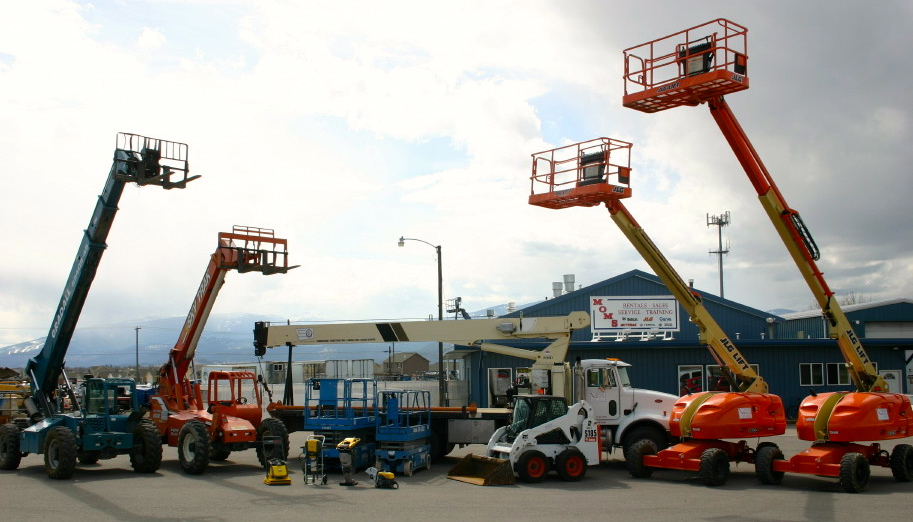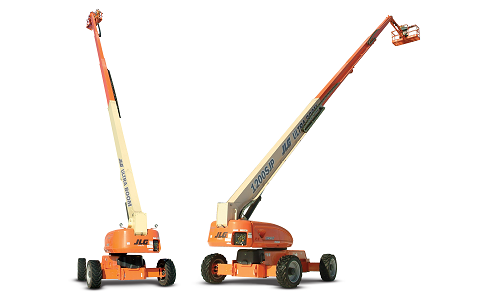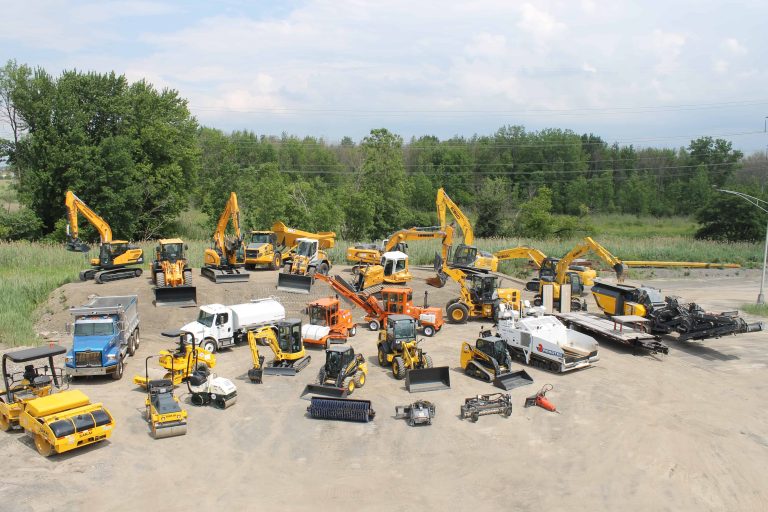Aerial Lift Rental: Versatile Lifting Solutions for High-Access Jobs
Aerial Lift Rental: Versatile Lifting Solutions for High-Access Jobs
Blog Article
Maximize Your Budget Plan by Recognizing the Expenses Related To Construction Tools Leasings
Comprehending the full extent of costs connected with construction devices services is vital for maximizing your spending plan. What strategies can be utilized to successfully manage these prices and guarantee an extra effective rental experience?
Introduction of Rental Costs
When thinking about building and construction devices rentals, comprehending the linked costs is vital for effective budgeting and task preparation. Rental costs can differ considerably based upon several factors, consisting of devices kind, duration of service, and location. The first rental charge typically mirrors the devices's market need and its connected functional capacities, influencing the overall expense.
Along with the base rental price, supplementary costs may emerge, such as transportation costs, fuel additional charges, and upkeep charges. It is important to represent these additional expenditures to accurately examine the complete cost of leasing tools. The rental period can affect rates; longer rentals may certify for reduced prices, while temporary services could incur higher day-to-day costs.

Malfunction of Rental Prices
A detailed understanding of rental prices is necessary for specialists and task supervisors intending to enhance their budget plans. Rental rates for building devices commonly include numerous elements, consisting of base rates, time-based charges, and use costs.
Base prices are the core fees connected with the leasing of the equipment, commonly determined by the type and size of the machinery. These prices can vary considerably, influenced by factors such as equipment need, accessibility, and regional market fads. Time-based fees, which may be daily, weekly, or monthly, offer to suit various project timelines and rental periods.
Furthermore, rental rates might consist of use fees, which apply when tools is used beyond a specified limit, making sure that the rental company can make up deterioration. Seasonal need variations can additionally affect rental prices, with peak building periods normally commanding higher rates.
Furthermore, recognizing the rental business's plans concerning maintenance and insurance can supply further insight right into the overall expense structure. By assessing these components, service providers can make educated choices, ensuring the option of rental tools aligns with both job needs and budget plan restraints.
Added Fees to Think About
Comprehending the details of added fees is critical for contractors to manage their overall rental costs efficiently. Past the basic rental rates, various supplemental fees can substantially impact the overall cost of equipment leasing. These costs often include shipment and pickup charges, which can vary based on range and logistics associated with moving the tools to and from the work website.
Additionally, some rental business may impose fuel surcharges if the tools is returned with much less gas than when leased. It is also vital to know possible cleansing charges, particularly for specialized equipment that calls for detailed upkeep after usage.

Extensively evaluating the rental agreement and making clear these added charges upfront basics can aid specialists ensure and stay clear of unforeseen prices that budget plans continue to be intact throughout the task lifecycle.
Upkeep and Repair Service Expenses
Routine repair and maintenance expenses are frequently forgotten elements that can significantly influence the total cost of construction tools rentals. When renting tools, it is vital to consider not only the rental charges but likewise the possible expenses connected with maintaining the machinery in ideal operating problem.
Many rental business consist of basic maintenance as component of the rental arrangement; however, much more extensive fixings or unexpected break downs can cause added expenses. It's vital to assess the rental agreement carefully to understand what upkeep solutions are covered and what duties drop on the renter.
Furthermore, equipment that is not well-kept can bring about inefficiencies at work site, potentially causing delays and increasing job expenses. To reduce these dangers, it is a good idea to perform normal examinations and this post keep open interaction with the rental copyright pertaining to any kind of problems that arise during use.
Insurance Policy and Obligation Expenses
Insurance coverage and responsibility prices are essential parts that can dramatically impact the total expense of construction tools leasings (dozer rental). These expenses make certain that both the rental business and the client are protected from possible monetary losses arising from mishaps, damage, or burglary during the rental duration

Additionally, clients need to know any kind of deductibles or exclusions in the insurance plan, as these can impact possible out-of-pocket expenses. Comprehending the conditions of any kind of insurance protection is essential to avoid unforeseen prices. Inevitably, budgeting for insurance policy and liability costs can assist make certain a smoother rental experience and safeguard against monetary threats associated with building and construction tasks.
Conclusion
Finally, a thorough understanding of the prices related to building devices services is essential for effective budget plan visite site administration. By evaluating rental prices, added fees, maintenance expenses, and insurance demands, individuals and organizations can decrease unexpected expenditures. This strategic approach not only boosts cost-effectiveness yet also guarantees that projects progress smoothly and successfully. Inevitably, educated decision-making concerning equipment rentals adds to the general success of building ventures.
Rental prices can vary considerably based on several variables, including equipment kind, duration of service, and area (heavy equipment rental). The rental duration can impact rates; longer rentals might qualify for affordable prices, while short-term services might sustain higher day-to-day charges
By conducting comprehensive study and engaging with reliable rental firms, professionals can properly navigate the intricacies of rental rates, eventually optimizing their economic resources.
Beyond the basic rental prices, various auxiliary charges can substantially impact the overall expense of equipment leasing. Rental firms frequently supply liability insurance coverage that covers injuries to third celebrations or damages to building, while equipment damage insurance coverage can cover the price of repairs or substitute if the rented equipment is harmed.
Report this page